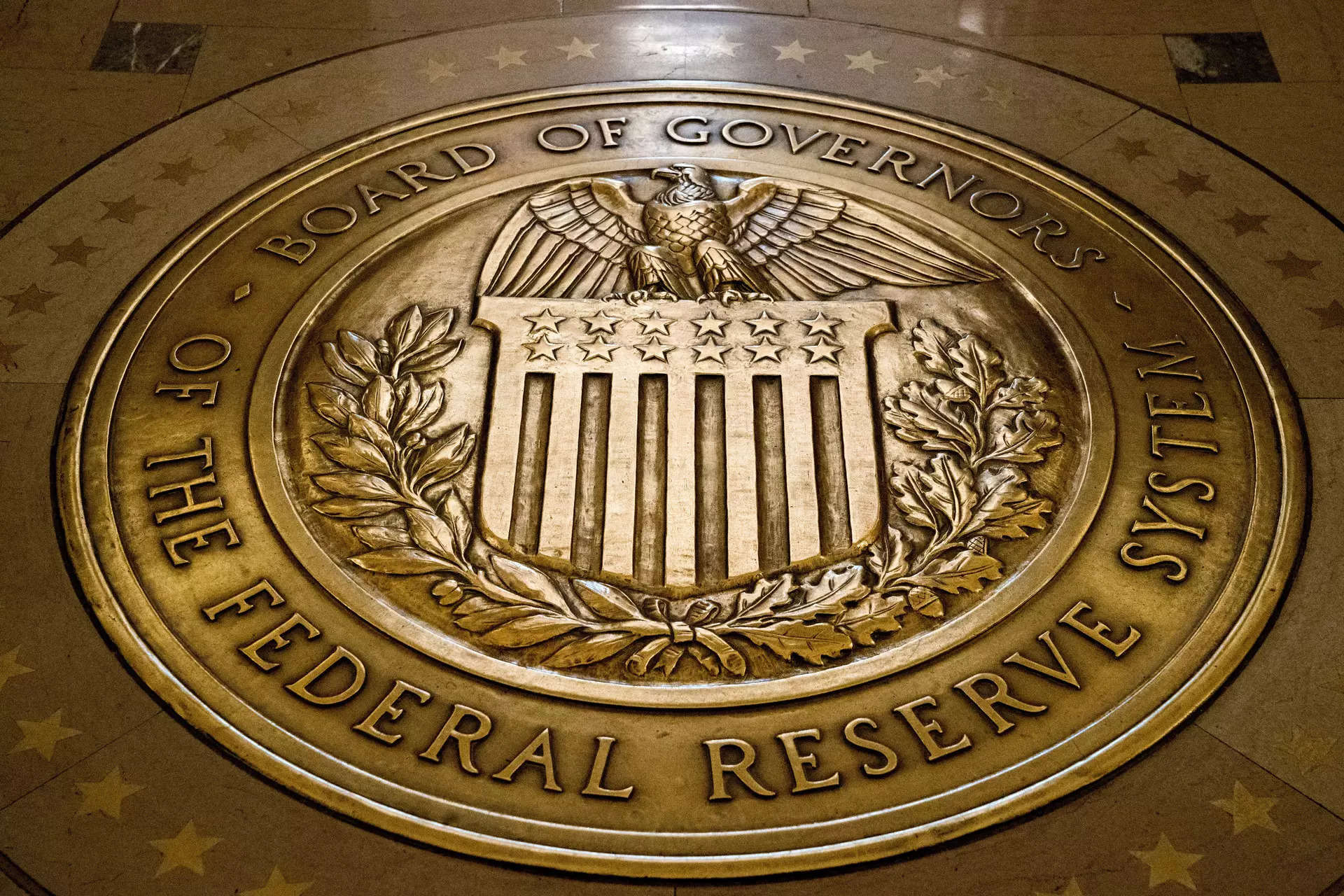Commodities
Gold falls in price – hawkish stance of Fed supports the dollar

Gold prices experienced a decline on Wednesday due to the strengthening dollar, following recent statements from the U.S. Federal Reserve officials that diminished expectations of interest rate cuts this year.
The spot gold price fell by 0.14% to $1,985.79 per troy ounce, trading close to a two-week low reached on Tuesday.
According to Giovanni Staunovo of UBS, “It appears that some market participants are still anticipating another rate hike from the U.S. Federal Reserve, which is putting pressure on gold.”
Chicago Fed Chairman Austin Goolsbee stated that it is premature to discuss a rate cut, while Cleveland Fed President Loretta Mester mentioned that the central bank has not yet reached a point where it can maintain interest rates at a stable level for an extended period.
Staunovo added, “We still anticipate prices to rise over the next 12 months, with gold expected to reach $2,200 per ounce. However, the next price surge will likely occur when the Fed’s tone becomes more dovish.”
Despite these factors, concerns regarding a potential U.S. default and its economic consequences have helped support precious metal prices.
U.S. President Joe Biden and Republican Congressional leader Kevin McCarthy came close to an agreement on the debt ceiling on Tuesday in an effort to prevent a catastrophic default, although full consensus has yet to be reached.
Palladium experienced a decline of 0.59% to $1,492.88 per ounce, while silver fell by 0.23% to $23.68 per ounce. On the other hand, the price of platinum rose by 1.17% to $1,069.58.
Earlier, we reported that EU authorities predicted Brent price to fall to $72 a barrel in 2024.
Commodities
Oil prices rise; U.S. crude inventories plunge, Russia-Ukraine truce eyed
Commodities
India’s Reliance to stop buying Venezuelan oil over US tariffs, sources say
Commodities
Oil prices climb on Venezuela supply worries

 Forex3 years ago
Forex3 years agoForex Today: the dollar is gaining strength amid gloomy sentiment at the start of the Fed’s week

 Forex3 years ago
Forex3 years agoUnbiased review of Pocket Option broker

 Forex3 years ago
Forex3 years agoDollar to pound sterling exchange rate today: Pound plummeted to its lowest since 1985

 Forex3 years ago
Forex3 years agoHow is the Australian dollar doing today?

 Cryptocurrency3 years ago
Cryptocurrency3 years agoWhat happened in the crypto market – current events today

 World3 years ago
World3 years agoWhy are modern video games an art form?

 Commodities3 years ago
Commodities3 years agoCopper continues to fall in price on expectations of lower demand in China

 Economy3 years ago
Economy3 years agoCrude oil tankers double in price due to EU anti-Russian sanctions























